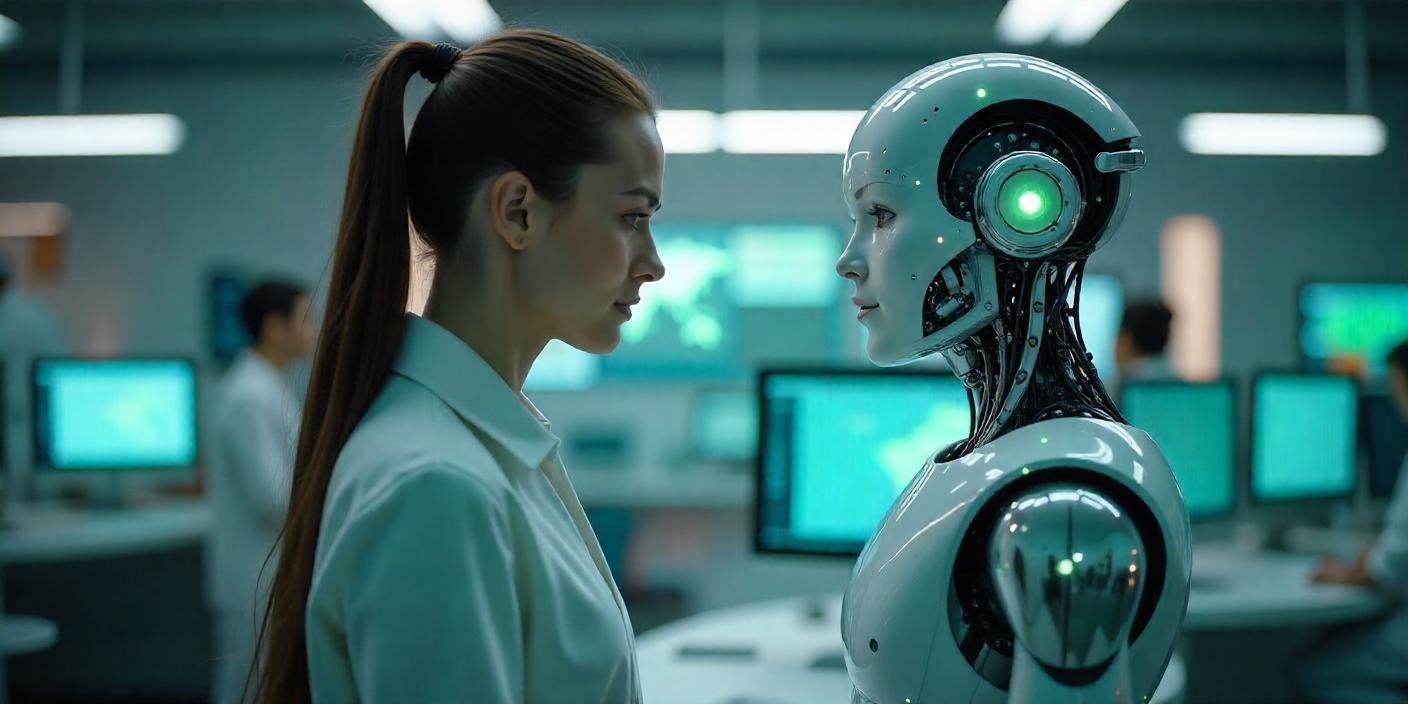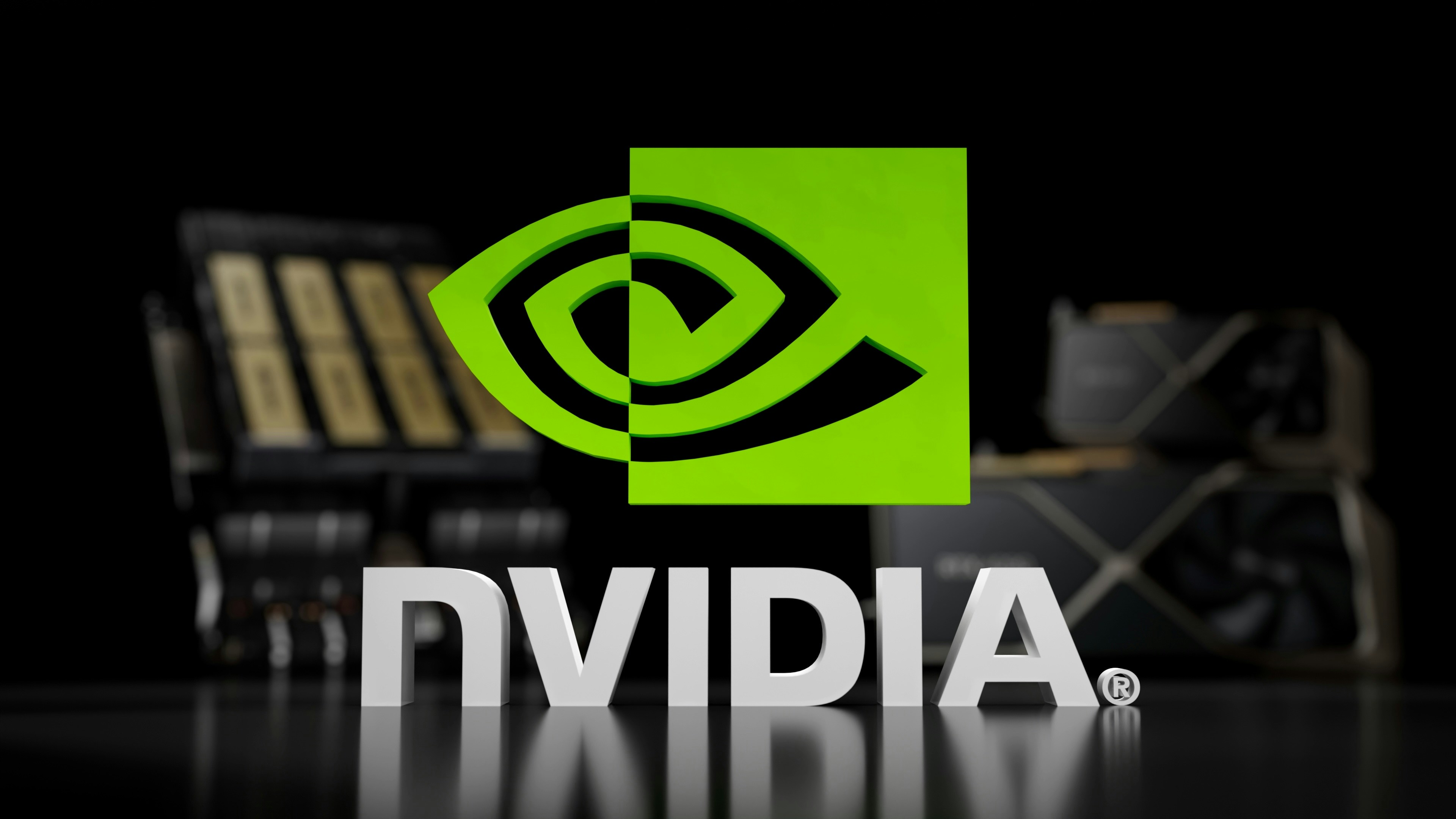
Artificial Intelligence (AI) is no longer just a futuristic concept; it has seamlessly integrated into our everyday lives. From the moment we wake up to when we go to bed, AI is constantly working behind the scenes, influencing our decisions and actions, even when we don’t consciously realize it. In the past decade, AI systems have become a central part of our world, helping us with everything from personal convenience to changing entire industries. The question is, do we fully recognize the extent to which AI shapes our lives?
A Day in the Life with AI
Imagine waking up in the morning. You begin your workout with the help of a smartwatch, which tracks your fitness progress. Afterward, you listen to a playlist that the smartwatch suggests based on your mood. Once your workout is over, you use a smart mirror that recommends skin care products based on your skin’s needs. Later, you visit a friend, and their home security system recognizes your face, alerts them to your arrival, and allows entry. When you return home, you browse Netflix, and it instantly recommends shows based on your previous preferences. If you have any quick questions, you ask an AI chatbot, which gives you accurate answers. All of these tasks are made possible by AI technologies that are integrated into the background of these devices, making them feel like second nature.
Although AI is often invisible in these scenarios, it plays a significant role in enhancing our experiences. It’s become so ubiquitous that we hardly notice it, even as it continuously powers the tools and services we rely on.
AI's Impact on Industries
Beyond personal convenience, AI has revolutionized several industries, including healthcare, education, and transportation. In healthcare, AI plays a crucial role in medicine discovery. Algorithms are used to analyze data from clinical trials, genetic information, and historical sessions to develop effective treatments for diseases. In the past, we had to explicitly program machines to identify specific patterns, such as recognizing spam emails. These systems would look for clues like poor spelling or urgent language. But now, with Machine Learning, these systems can identify patterns and draw conclusions without explicit programming.
Machine Learning
Machine Learning (ML) is a subset of AI that teaches computers how to learn from data. Instead of needing detailed programming rules about what to see, say, or write, machines learn on their own by being exposed to massive datasets. For example, machine learning models can analyze email behavior and distinguish between spam and non-spam emails. These systems are trained to recognize patterns such as suspicious links or specific keywords, enabling them to adapt and become more accurate over time. In essence, machine learning allows machines to identify correlations and draw conclusions much like humans do.
Deep Learning
Deep Learning, a subset of machine learning, powers many of the AI tools we use today, such as voice assistants, image recognition, and personalized recommendations. One of the key advantages of deep learning is its ability to handle unstructured data—like images, text, and audio. This makes it highly effective for tasks such as computer vision, natural language processing, and speech recognition. Deep learning models are responsible for recommending shows, music, videos, and products by analyzing user behavior, including search history, likes, and clicks. These systems can even recognize faces to unlock phones, use filters, and enable voice assistants or voice-enabled TV remotes. Deep learning also powers features like auto-complete or auto-correct, making devices smarter and more intuitive.
The Transformative Power of AI
Both Machine Learning and Deep Learning are transforming how industries operate. While some people may already be familiar with these technologies, many are still learning about their potential and impact. As AI continues to evolve and permeate different sectors, it’s important to understand how these advancements are shaping our future, both in personal use and industry-wide.
From the way we live our daily lives to how businesses operate and innovate, AI is a driving force behind some of the most significant changes of the 21st century. Understanding its capabilities and implications is key to navigating a future that will be increasingly intertwined with artificial intelligence.
Asif Bc
Aspiring blogger in Kerala sharing insights on technology and mental health to inspire mindful living.


.jpg)

0 Comments